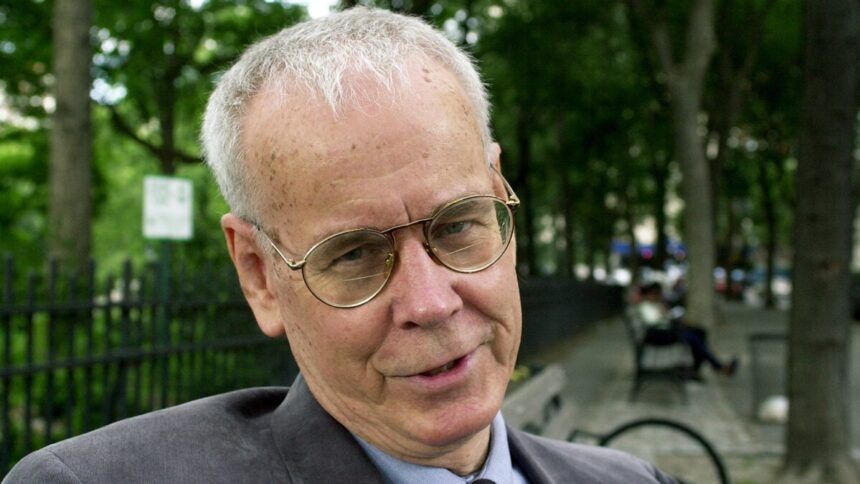John L. Young, often hailed as an under-recognized hero of the digital age and co-founder of the groundbreaking transparency platform Cryptome, passed away on March 28th in New York City. His death, in relative anonymity, stands in stark contrast to the thunderous revelations that defined his pioneering work.
His passing was quietly acknowledged by Archinect, a professional publication for architects, on June 4th:
“John L. Young, architect and the co-founder (with his wife Deborah Natsios) of Cryptome, passed away in March,” the publication wrote, but offered no further details. According to The New York Times, he died in a rehabilitation facility in Manhattan.
Decades before the world became familiar with the concept of organized digital leaks, Young was among the first to grasp the profound potential of the nascent internet. He foresaw its power to publish confidential government documents online, thereby empowering citizens with information and holding the powerful accountable for their actions.
Since June 1996—a full decade before WikiLeaks emerged—Cryptome has been a relentless publisher of tens of thousands of documents “banned by governments around the world, particularly those related to freedom of expression, privacy, and cryptology,” as the site’s creators meticulously note. Young founded Cryptome, which he affectionately called a “free public library,” as a true precursor to WikiLeaks, fearlessly publishing raw government documents, both classified and unclassified.
From photographs of Barack Obama’s close protection team and full transcripts of security arrangements implemented by the U.S. Department of Defense, to detailed plans of sensitive facilities—these were Cryptome’s revelations, not WikiLeaks’.
In a pivotal moment in 2011, Cryptome made international headlines by publishing the unredacted version of the 251,000 U.S. diplomatic cables that WikiLeaks had obtained in 2010. Until then, WikiLeaks and its media partners had only released a few thousand of these documents, meticulously redacting sensitive information like the names and contact details of individuals deemed vulnerable.
Critics and the U.S. government vehemently argued at the time that Cryptome’s unredacted publication could endanger sources mentioned in the documents, particularly informants working for American embassies in authoritarian regimes or war zones.
Despite WikiLeaks being a direct competitor in the realm of transparency, Young fiercely defended Julian Assange during his protracted standoff with the U.S. government, especially in 2020. The U.S. authorities sought Assange’s extradition, accusing him of offenses tantamount to treason. Young viewed this as persecution and boldly challenged the U.S. government to pursue him as well.
“I published on Cryptome.org unredacted diplomatic cables on September 1, 2011, under the URL https://cryptome.org/z/z.7z, and that publication remains available at the present,” he declared in a defiant statement to the Department of Justice in 2020, a copy of which is accessible on Cryptome.org. “Since my publication on Cryptome.org of the unredacted diplomatic cables, no US law enforcement authority has notified me that this publication of the cables is illegal, consists of or contributes to a crime in any way, nor have they asked for them to be removed.”
With its understated design, Cryptome’s website links to both hosted documents and external articles. Young, a Manhattan architect who also served as the site’s administrator, humbly described himself as an “amateur” whistleblower, distinct from those “with a greater purpose.” It is perhaps this unassuming nature that set him apart; when Julian Assange himself approached Young to take an active role in WikiLeaks, Young respectfully declined.
It is safe to assume that Young was not favored by U.S. intelligence agencies, who frequently criticized him for publishing highly sensitive documents, including lists of agents’ names. His pioneering website also faced constant scrutiny, enduring “several times a day” attacks from computer robots designed to analyze the content of its pages, a testament to the persistent threat perceived by those whose secrets he brought to light.
Young, a left-wing activist who graduated from Columbia University, is survived by his wife (Natsios) and three children from his first marriage.
Read the full article here












